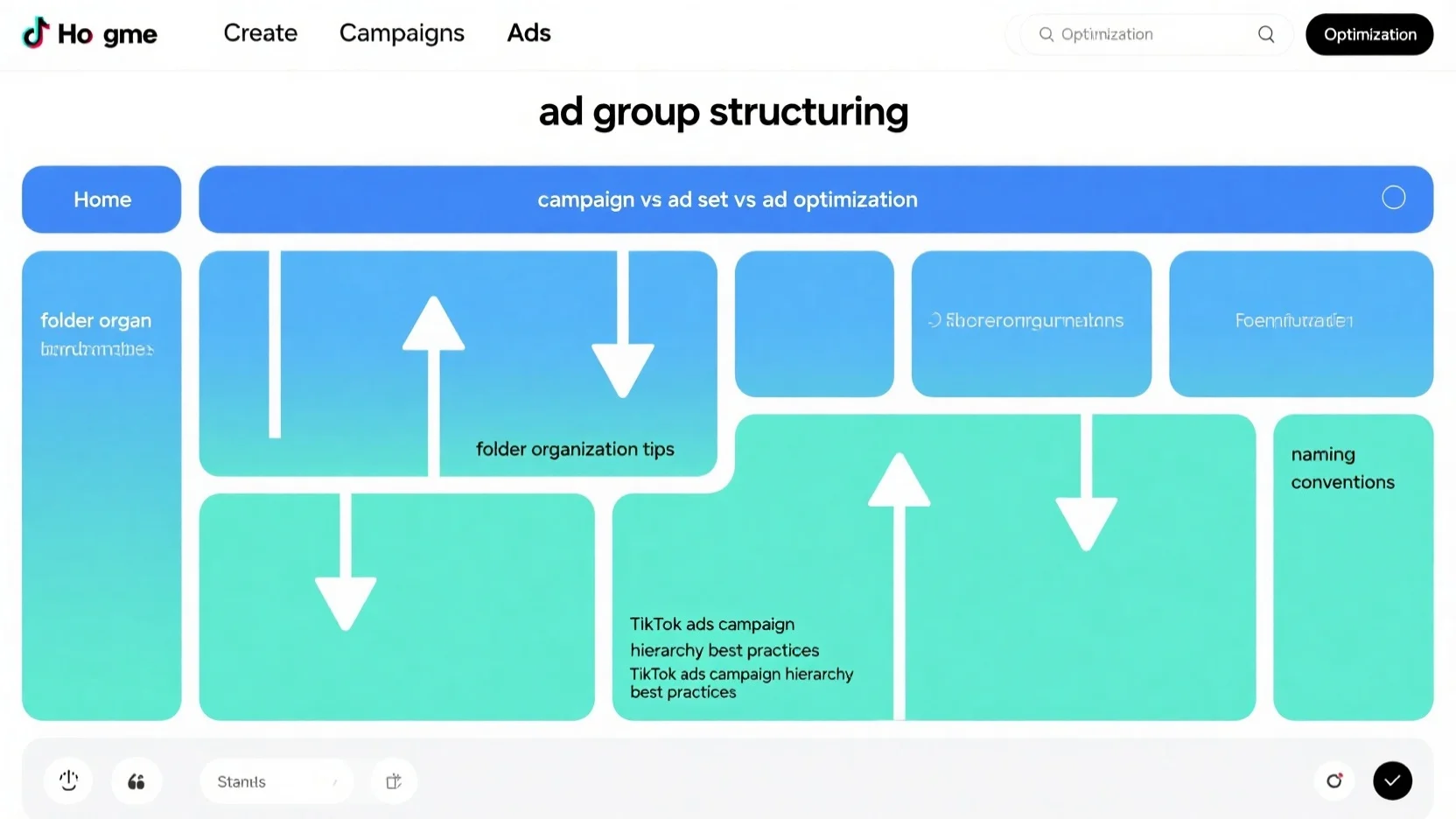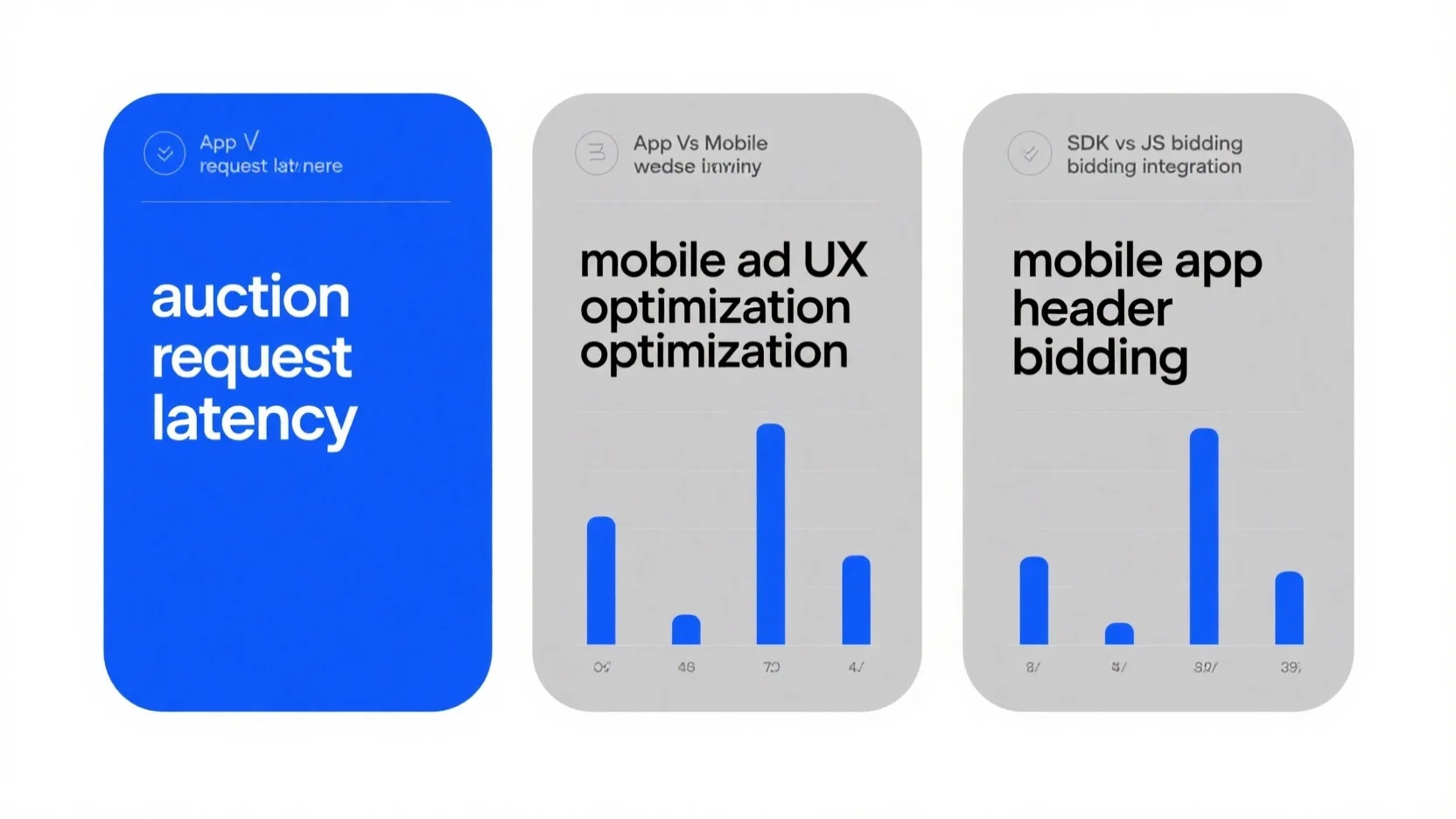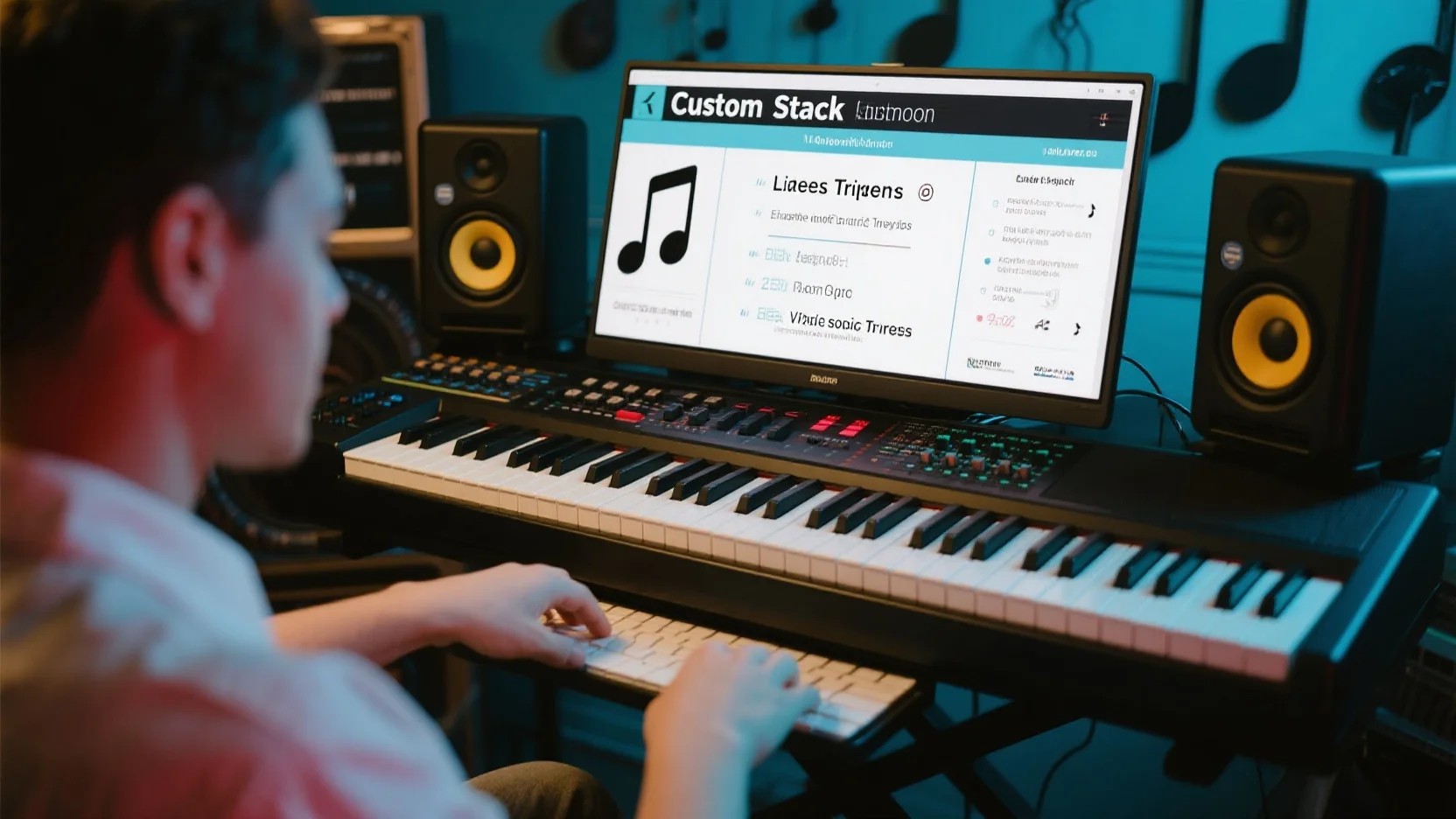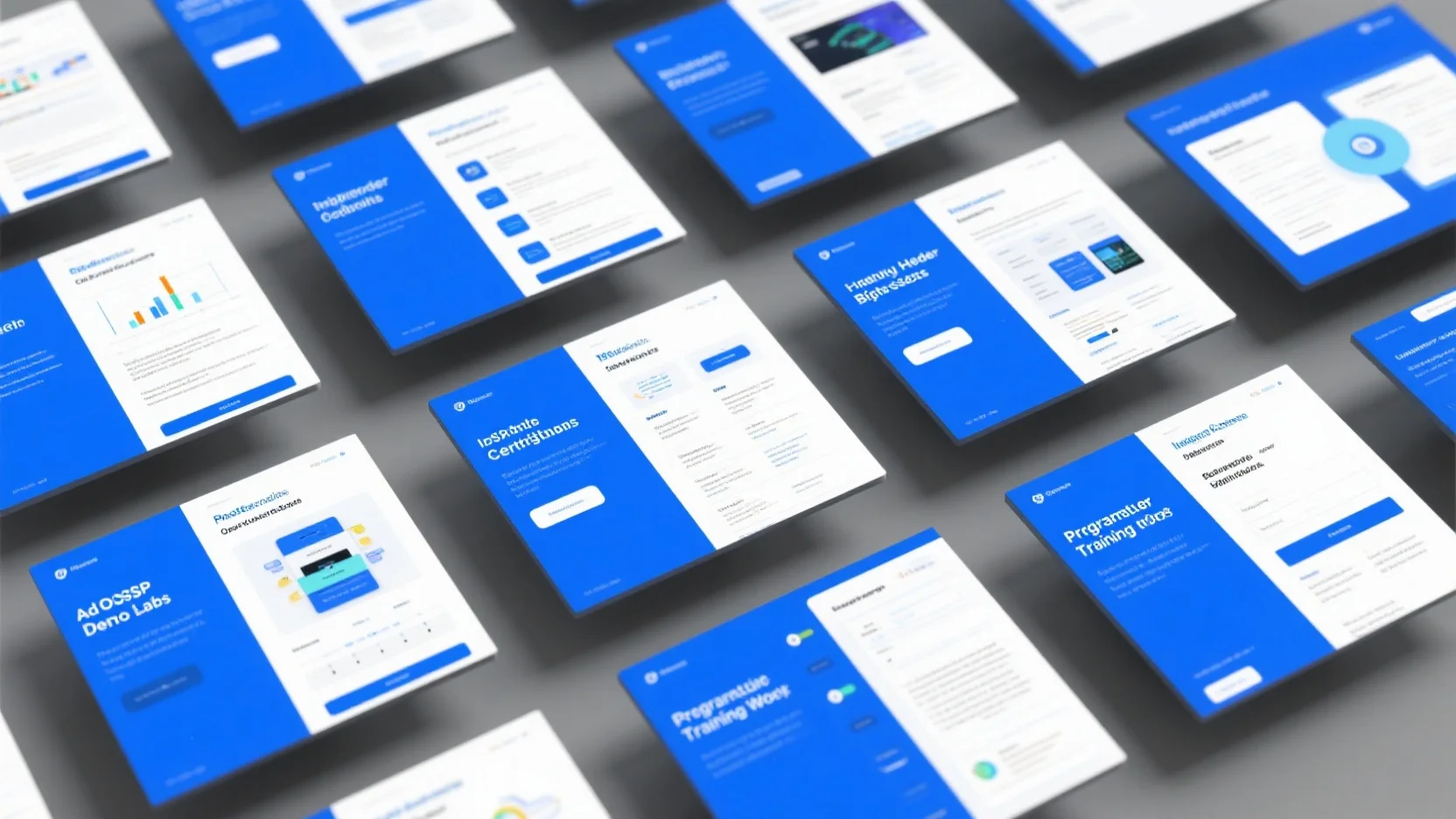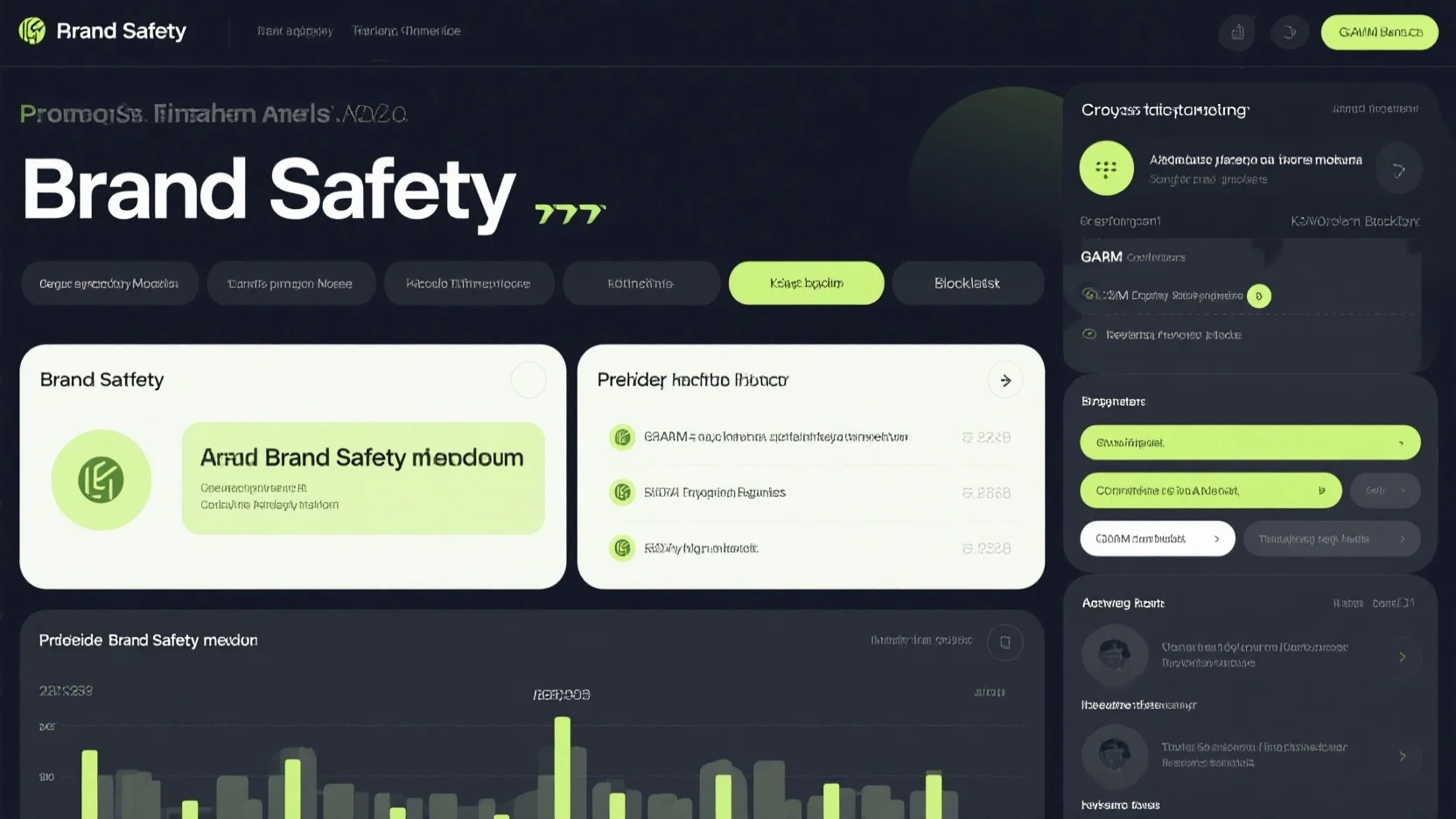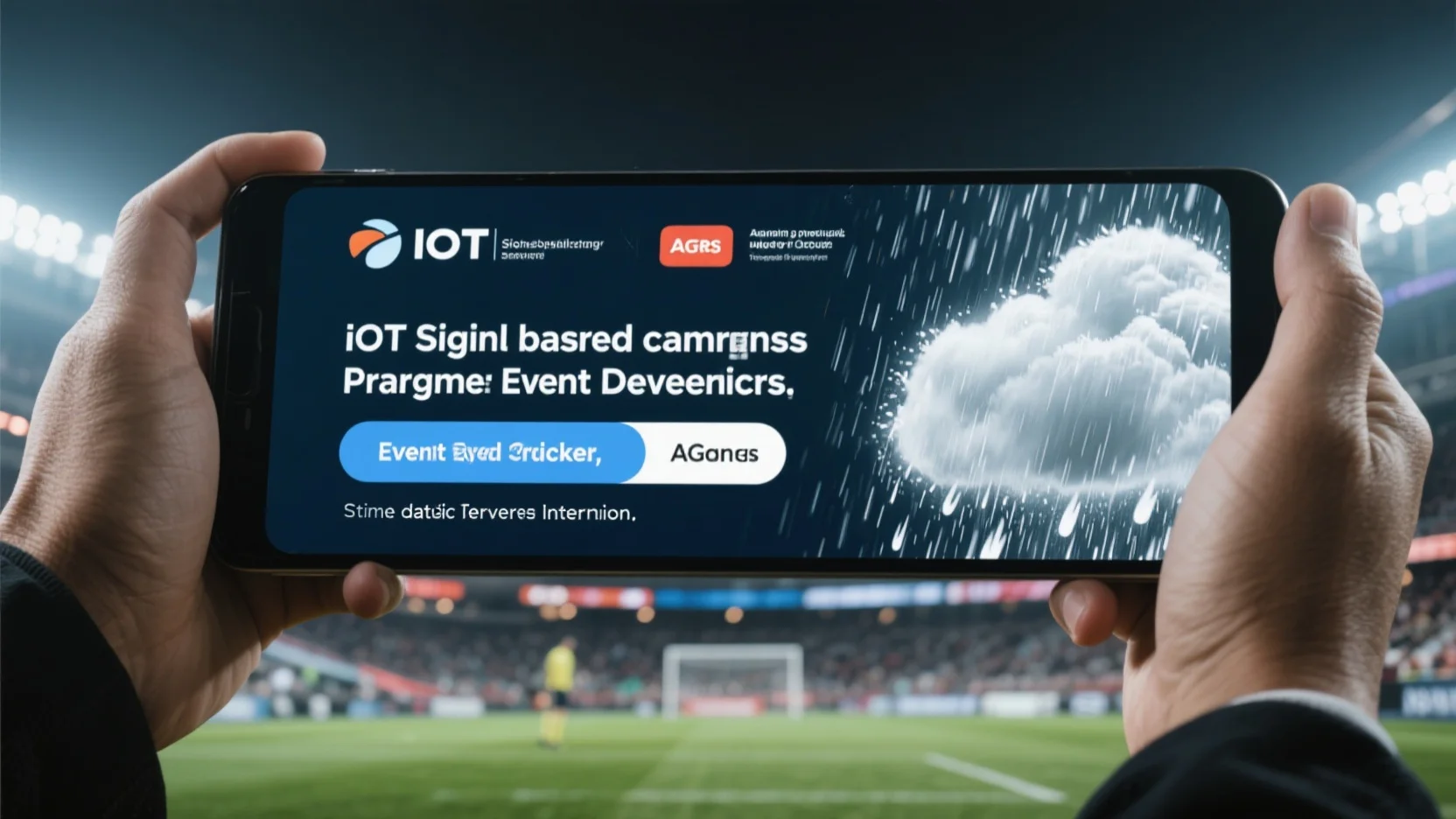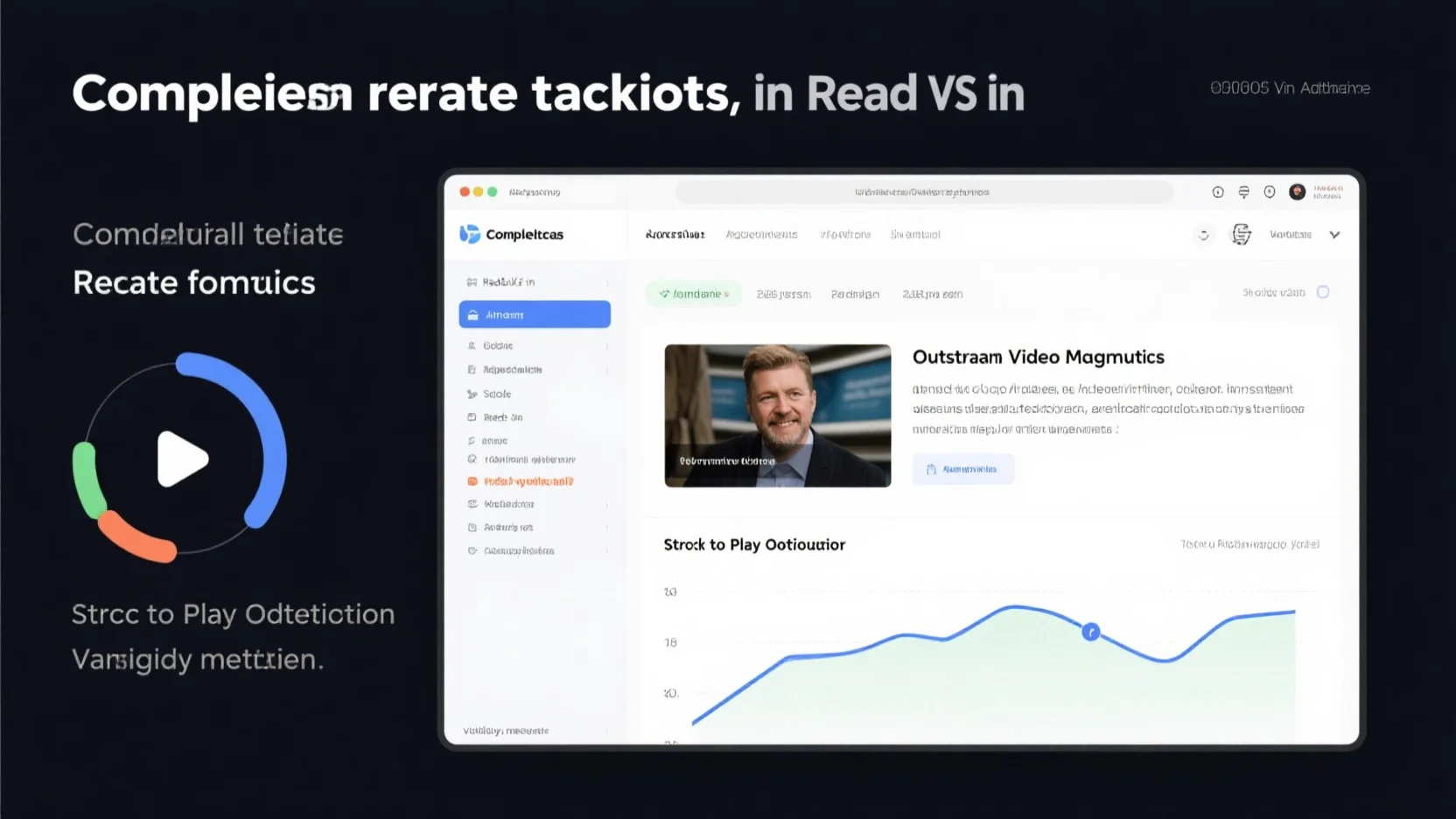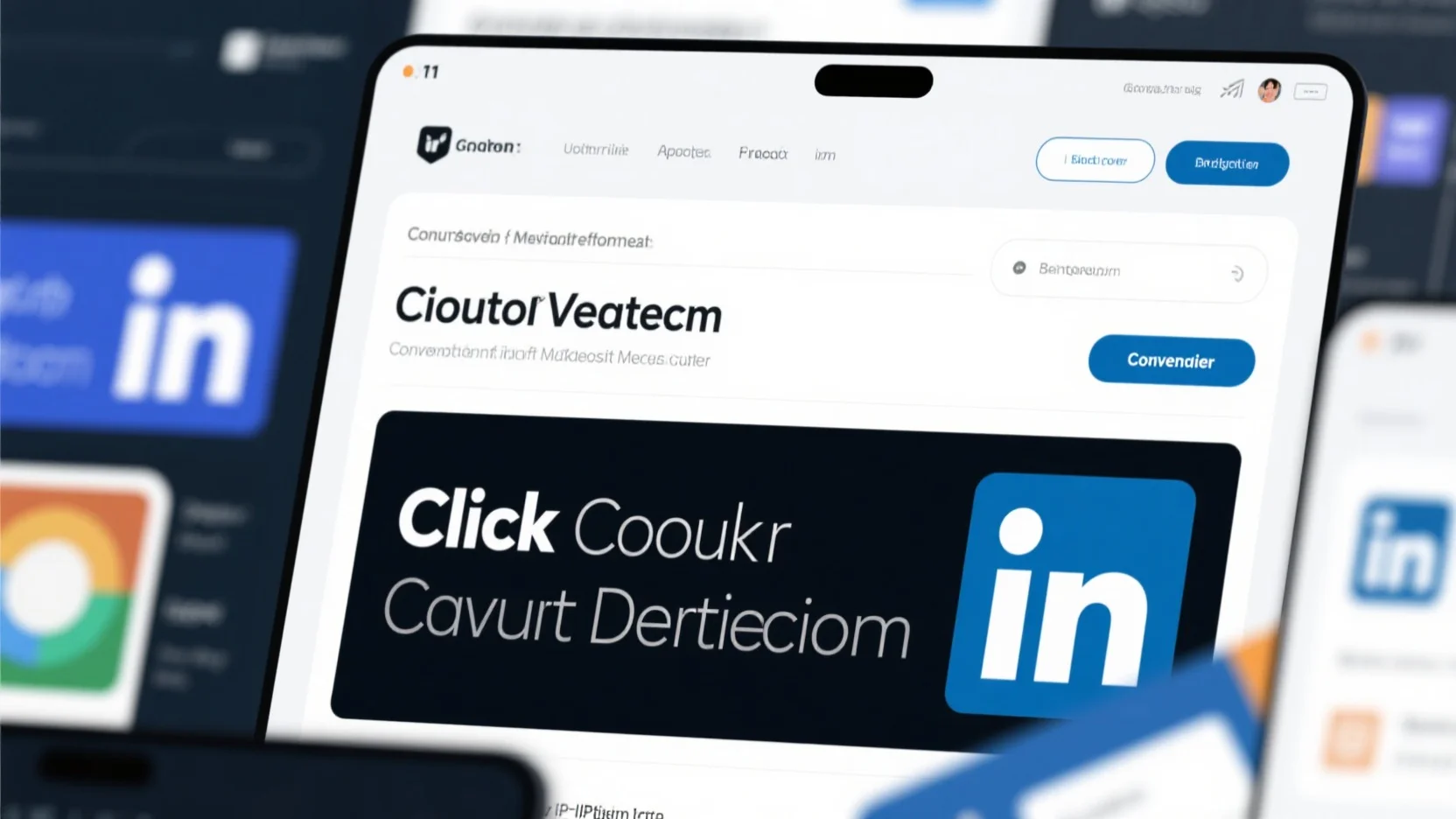
Comprehensive Guide to LinkedIn Ad Fraud Prevention: Detection, Prevalence, and Unique Characteristics
In 2024, safeguarding your LinkedIn ad campaigns against fraud is crucial. A SEMrush 2023 study revealed that up to 30% of digital ad clicks could be fraudulent, and over 46 million fake accounts were removed
